The Science Behind Glass Tears! Experience the Shocking Secret of the ‘Dutch Tear’
I’m Ken Kuwako, a science trainer, and for me, every day’s an experiment!
Today, I want to share a beautiful and bizarre experiment called Prince Rupert’s Drop that I did with my science club students. It’s truly fascinating how we can take a common material like glass and see it behave in ways that defy our imagination. Watching the molten glass fall into the water is like witnessing a work of art. But behind that beauty lies a dramatic story of phase changes and hidden internal stresses.
The Impact and Beauty of Prince Rupert’s Drop: Unlocking the Mysteries of Glass
When you heat a glass rod and drop it into water, it forms a teardrop-shaped piece of glass. This is what’s known as a Prince Rupert’s Drop. The magic of this experiment lies in the beauty of its formation and the unpredictable destruction that follows.
What are Prince Rupert’s Drops? The Science of Glass
Prince Rupert’s Drops are made by dropping molten glass into cold water. This process creates a glass structure with a very unique internal composition.
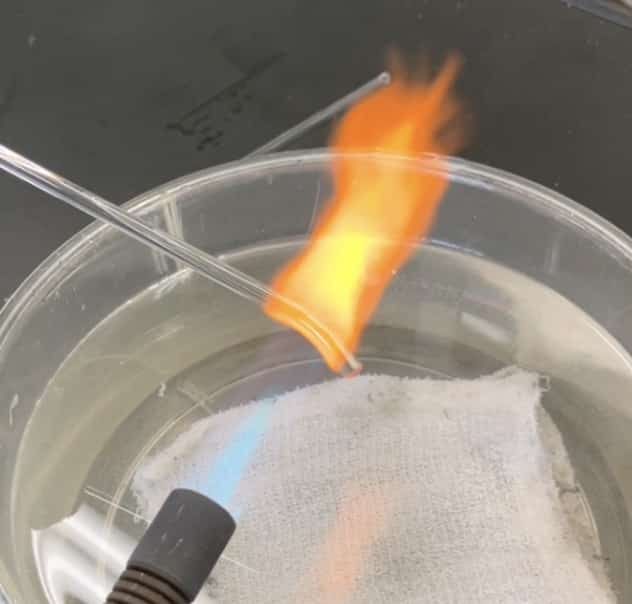
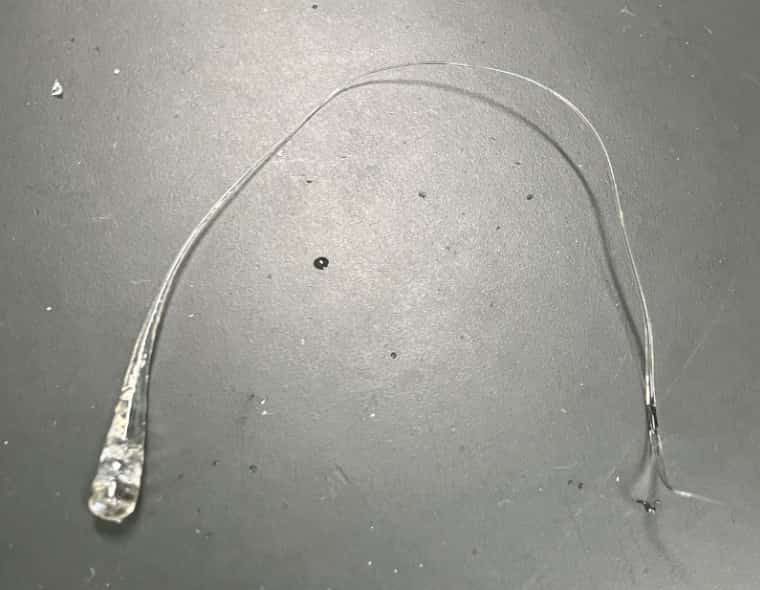
The mechanism is similar to a phenomenon known as “chilled marbles.” When the molten glass hits the water, the outer layer cools and solidifies rapidly. As the glass transitions from a liquid to a solid, its volume slightly decreases. Since the surface hardens first, the still-molten glass on the inside gets squeezed by the shrinking outer layer.
Then, as the inner glass slowly cools and solidifies, it’s subjected to intense tensile stress from being stretched by the already hardened outer shell. As a result, the surface of the Prince Rupert’s Drop is under strong compressive stress, while the inside is under strong tensile stress. This unique balance of forces is the key to Prince Rupert’s Drop.
Because of this internal stress, the bulb of the drop becomes incredibly tough. You can even hit it with a hammer, and it won’t break! But here’s the amazing part: if you use a pair of pliers to nick or break off just the very end of the “tail” of the glass teardrop, the entire thing will shatter into a fine powder in an instant. This is because the tiny fracture at the tip of the tail releases the immense internal tensile stress, causing a rapid chain reaction of destruction throughout the entire drop.
Make sure you wear safety glasses and put the drop in a plastic bag before you try it! Just use a pair of pliers to snap off the tip through the bag, and the entire thing will break apart at once.
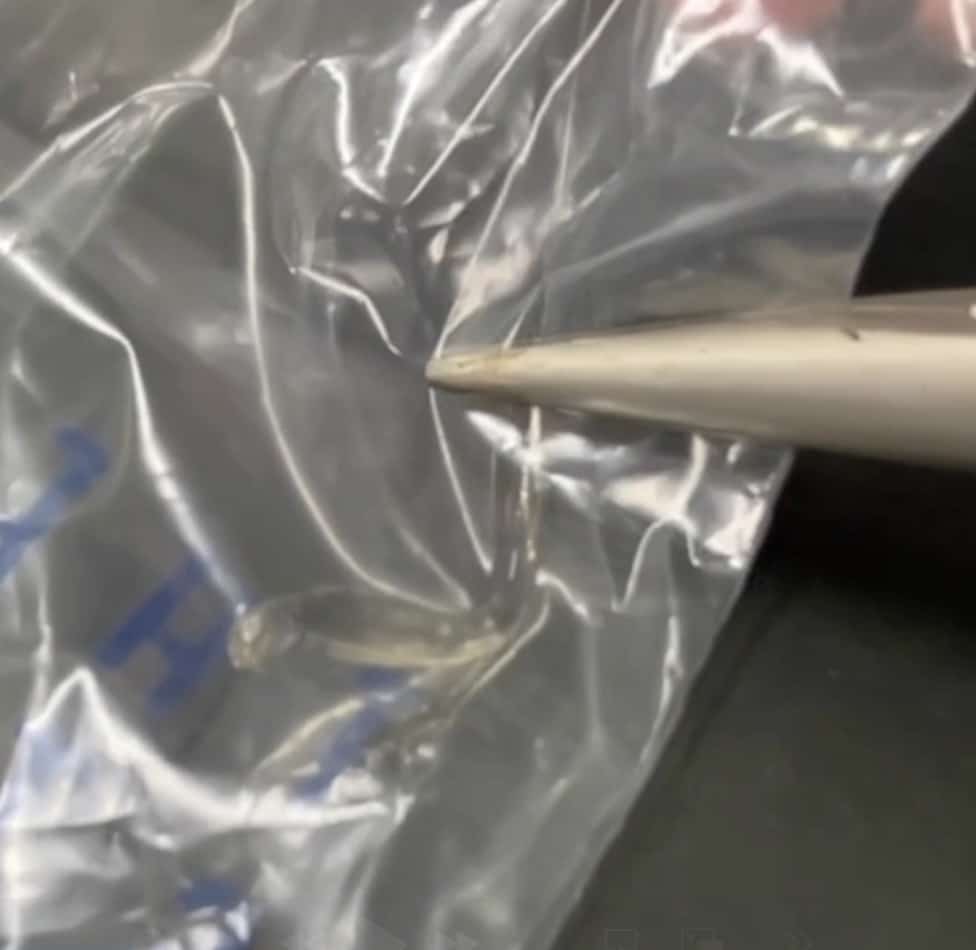
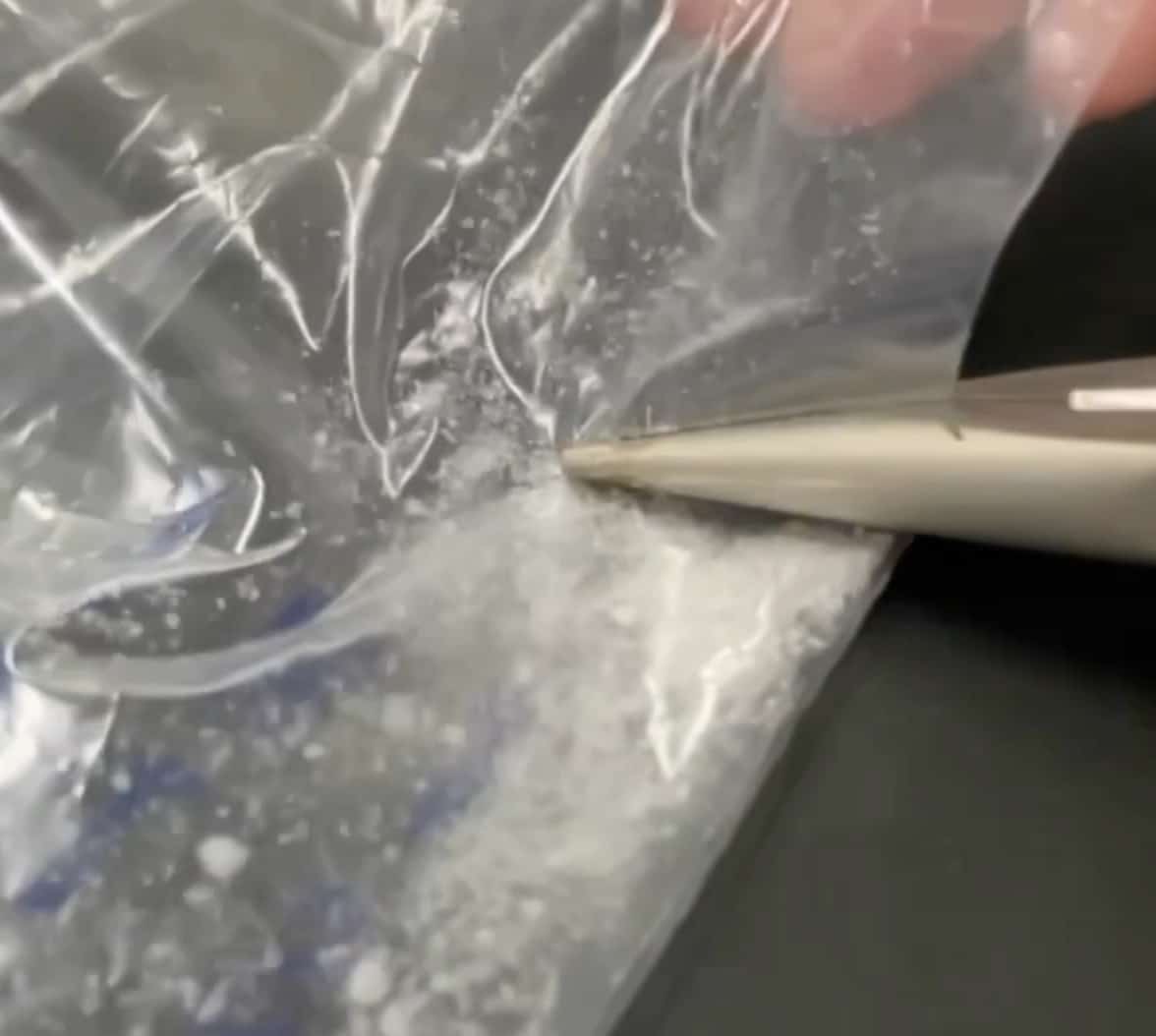
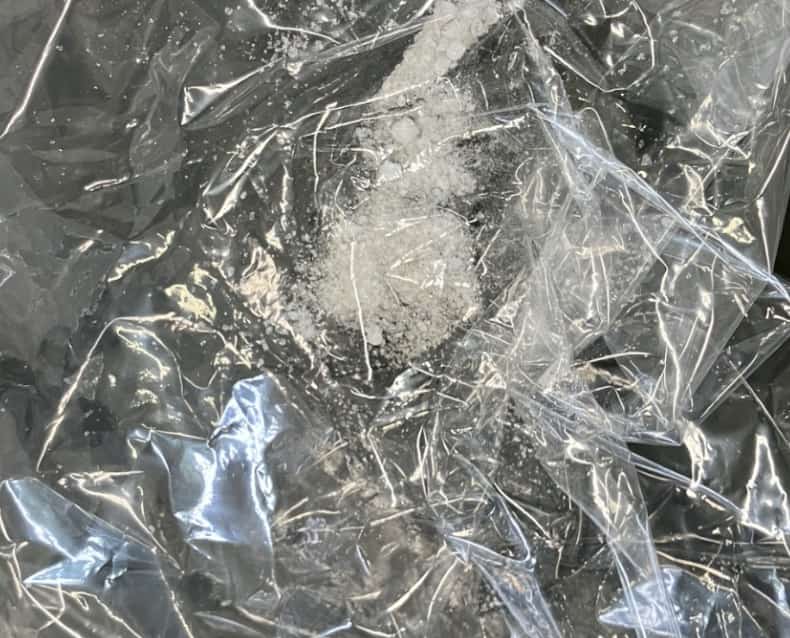
Here are the websites I used for reference:
Can’t break it with a hammer?! Making an amazing piece of glass
October 30, 2020 – Tsukuba University of Technology, School of Industrial Technology
The Experiment: Our Science Club in Action!
Our science club decided to take on this incredible experiment!
What you’ll need
- Glass rod: A standard lab glass rod works perfectly.
- Torch burner (or gas burner): You’ll need high heat to melt the glass.
- Heat-resistant beaker or metal container: To hold the cold water where the glass drop will land.
- Cold water: Fill the beaker with plenty of it.
- Pliers: For breaking the tail of the drop you create.
- Safety glasses: You must wear these! Glass fragments can fly everywhere.
- Heat-resistant gloves: For safely holding the glass rod.
- Workstation: Make sure you have a stable surface.
The Procedure
- Prep the water:
- Fill a heat-resistant beaker or metal container with plenty of cold water.
- Heat the glass rod:
- Put on your safety glasses and heat-resistant gloves.
- Heat the tip of the glass rod with the torch burner flame. You’ll see the glass turn red and then start to melt and get soft. Keep heating until the glass forms a nice, round drop.
- Have your students watch from a safe distance and be very careful not to get burned!
- Drop it in the water:
- Once the glass has melted and a drop has formed, slowly lower the hot tip of the glass rod into the cold water, allowing the melted glass to fall off naturally like a “teardrop.” Don’t try to shake it off.
- The moment the glass hits the water, it’ll cool instantly and solidify into its teardrop shape.
- Examine your drop:
- Carefully take the Prince Rupert’s Drop out of the water and admire its unique shape and clarity. If you look at it through a polarizing filter, you’ll see amazing colors, which are evidence of the internal stress.
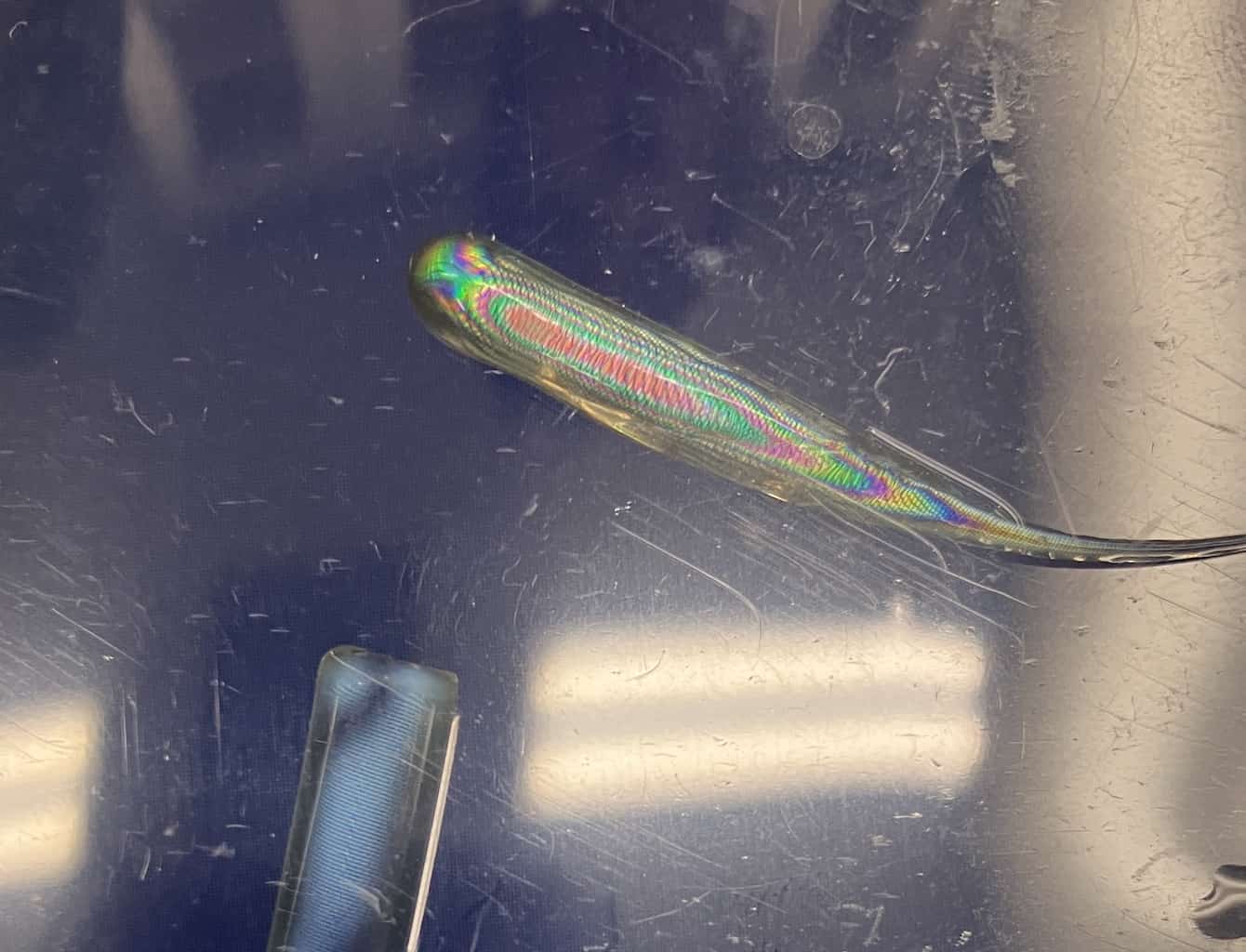
- Carefully take the Prince Rupert’s Drop out of the water and admire its unique shape and clarity. If you look at it through a polarizing filter, you’ll see amazing colors, which are evidence of the internal stress.
- The shocking moment! The destruction experiment:
- Make sure you are wearing your safety glasses and are in a safe area.
- Use pliers to grip and break the very tip of the “tail” of your drop.
- You’ll hear a “CRACK!” as the entire drop instantly shatters into dust. This dramatic destruction will surely get a reaction from your students!
- Since fragments can fly, be aware of your surroundings and make sure you’re in a place where it’s safe for them to scatter, or even better, perform the experiment inside a clear container.
What Can We Learn from This Experiment?
The Prince Rupert’s Drop experiment isn’t just cool to watch; it’s a great opportunity to learn about some important scientific principles:
- States of Matter: Observe glass change from a solid to a liquid and then back to a solid.
- Thermal Expansion and Contraction: Learn how the shrinking volume of a material as it cools creates the unique internal stress structure of the drop.
- Internal Stress and Fracture: Visually understand how accumulated internal stress can be released by an external force, leading to a spectacular fracture. This is a fundamental concept in material science.
- The Connection between a Material’s Properties and Its Structure: Realize that even the same material, glass, can have completely different physical properties (strength and brittleness) depending on how it’s processed.
Contact and Requests
Interested in the wonders of science? I’m sharing fun, easy-to-do science experiments you can try at home, along with tips and tricks! Feel free to explore more on my site.
About the author, Ken Kuwako: Click here
For requests (writing, lectures, workshops, TV supervision, etc.): Click here
– I post updates on X!
![]() My science channel has more experiment videos!
My science channel has more experiment videos!


